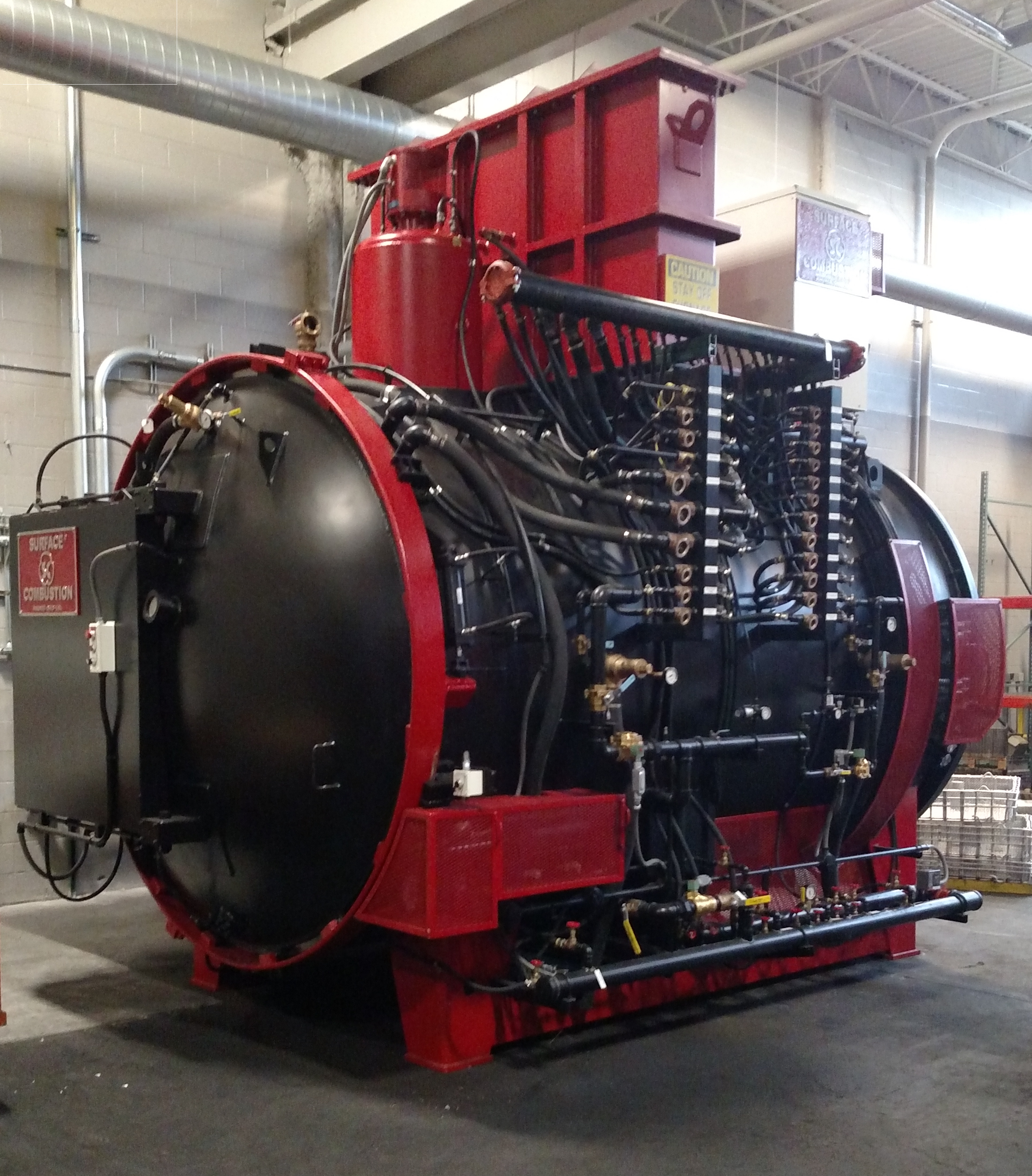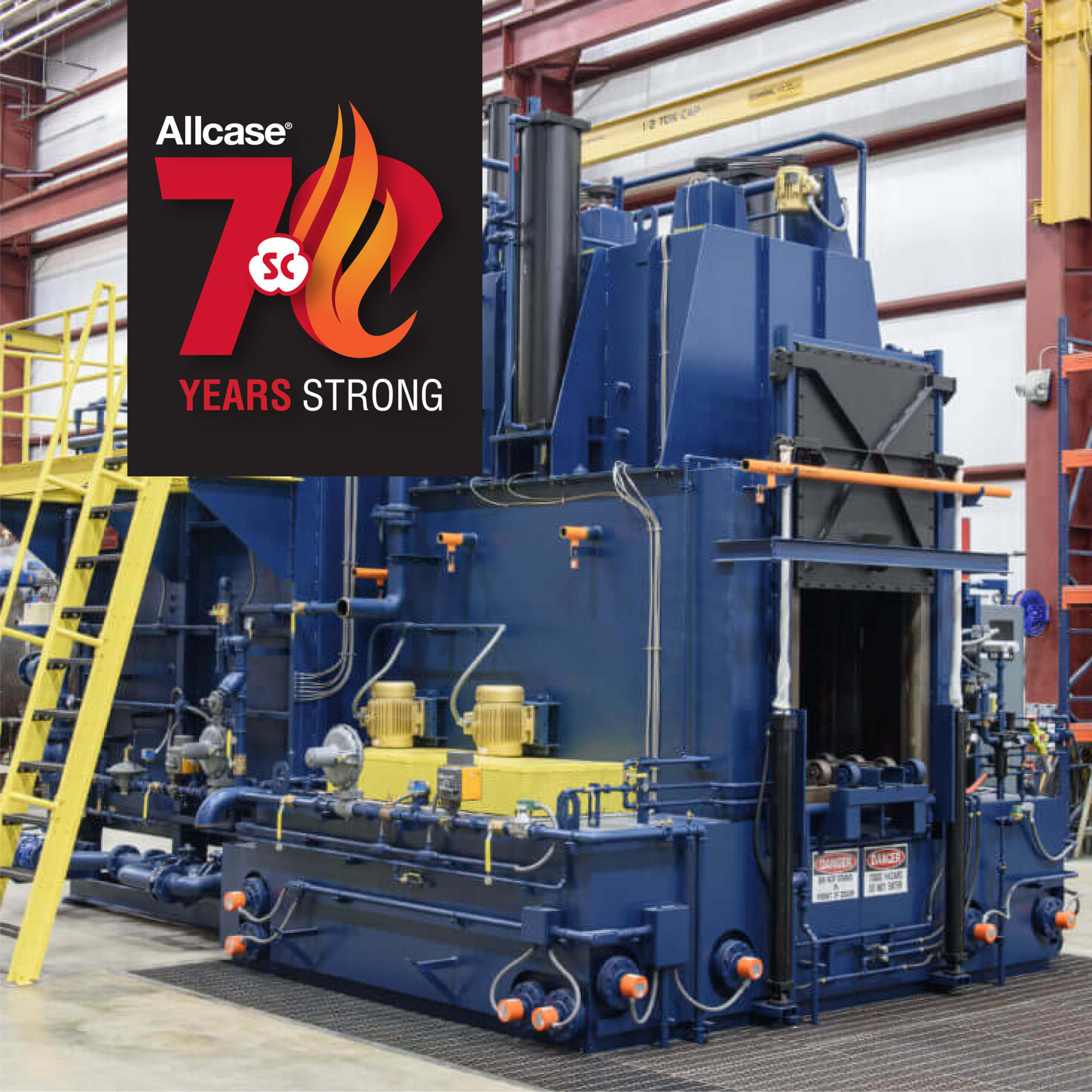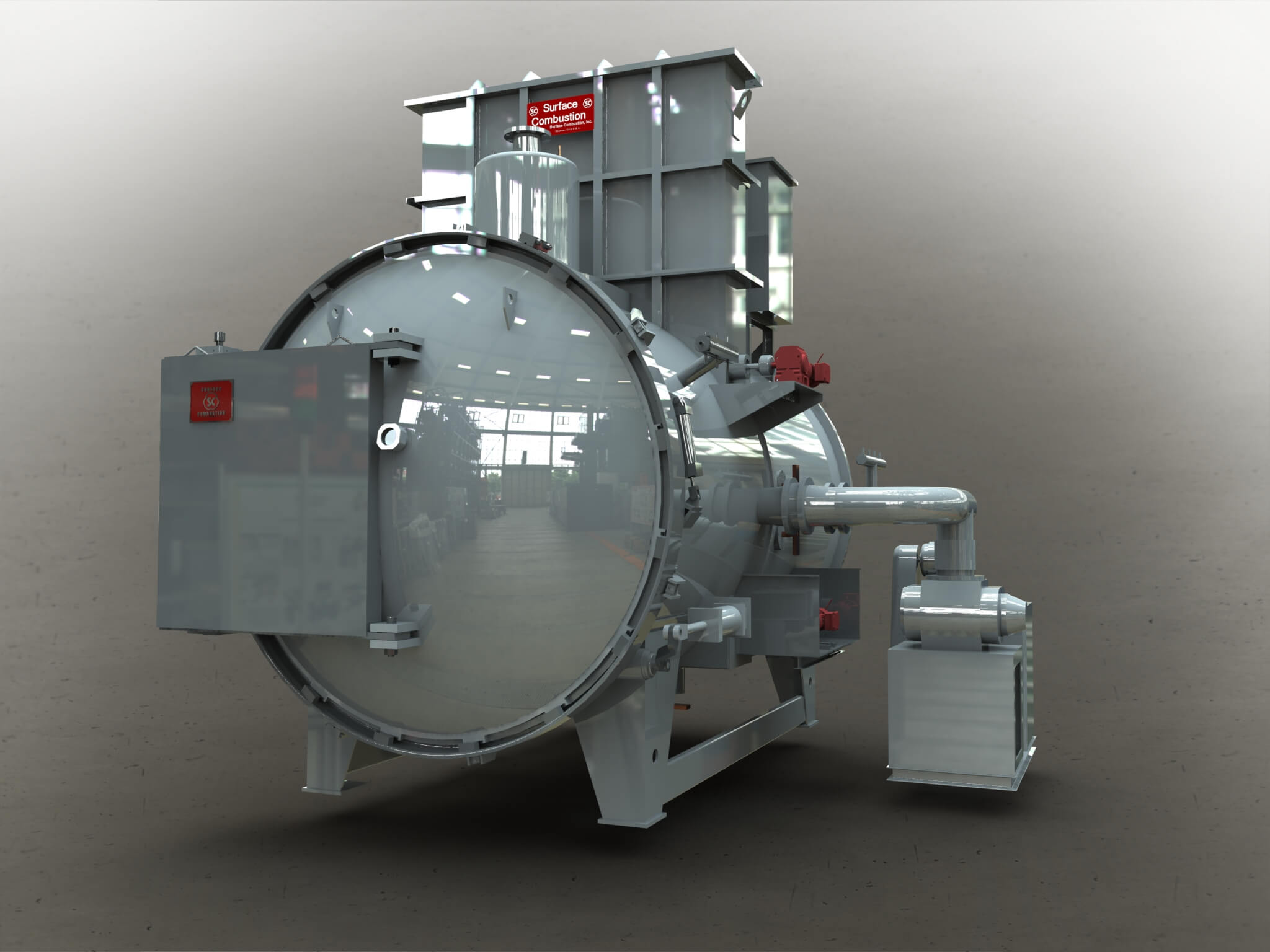As a vacuum furnace manufacturer, Surface Combustion pioneered the vacuum purged tempering process and has a wealth of data and applications to draw upon for your unique situation. We do it for our customers to have the confidence level that our technology will work every time. This innovative and versatile style of furnace is a first in industry.
Read More >Discover Your Vacuum Furnace Solution!






 cycle
cycle operation
operation hours per year
hours per year available space
available space operating temperature range
operating temperature range heat source
heat source